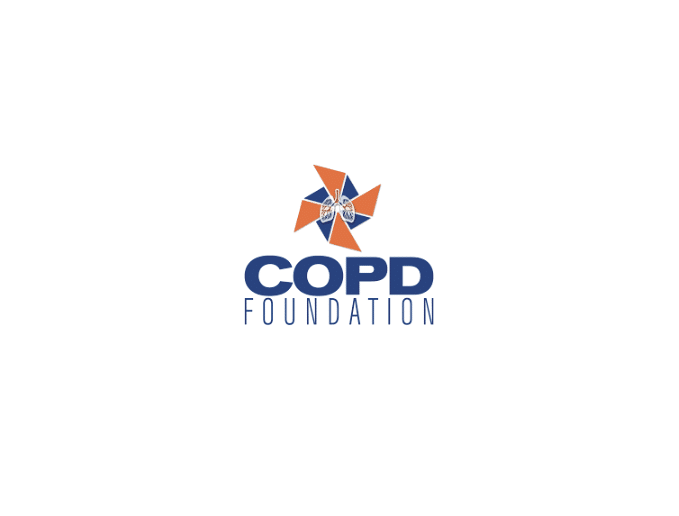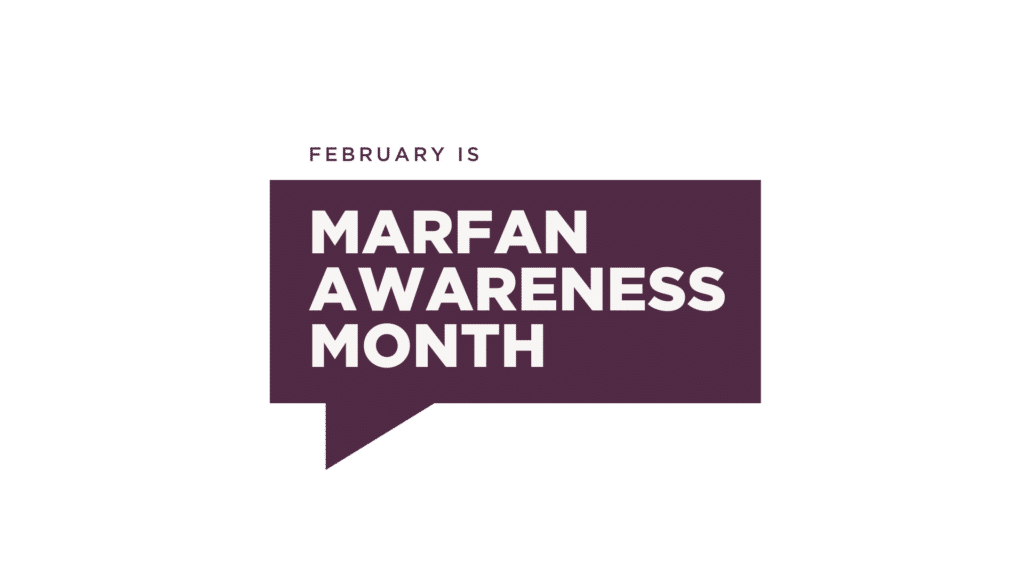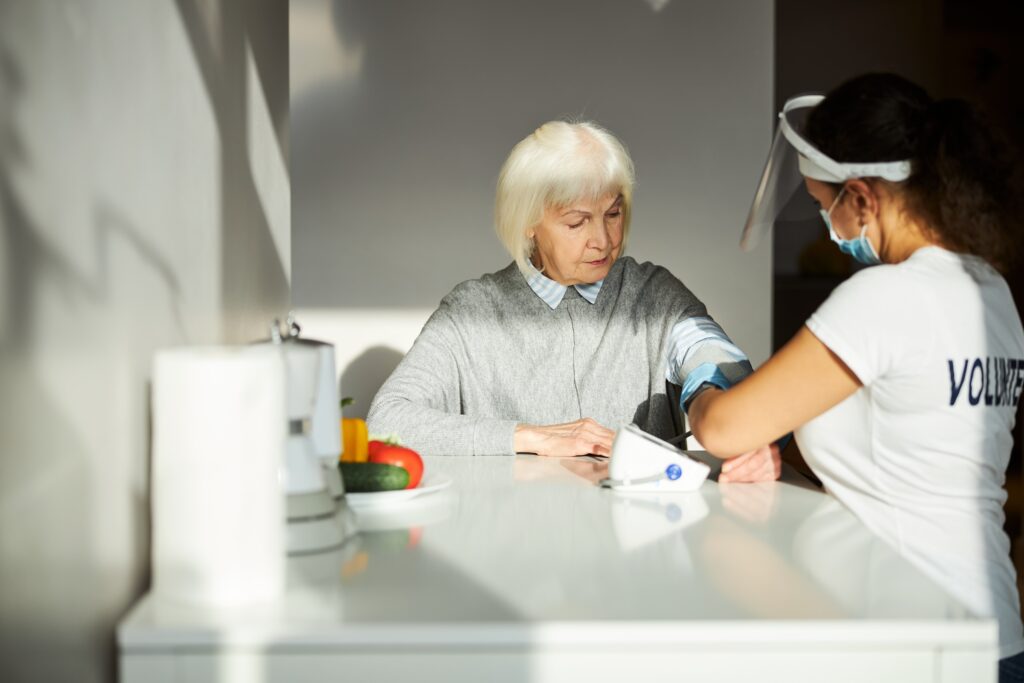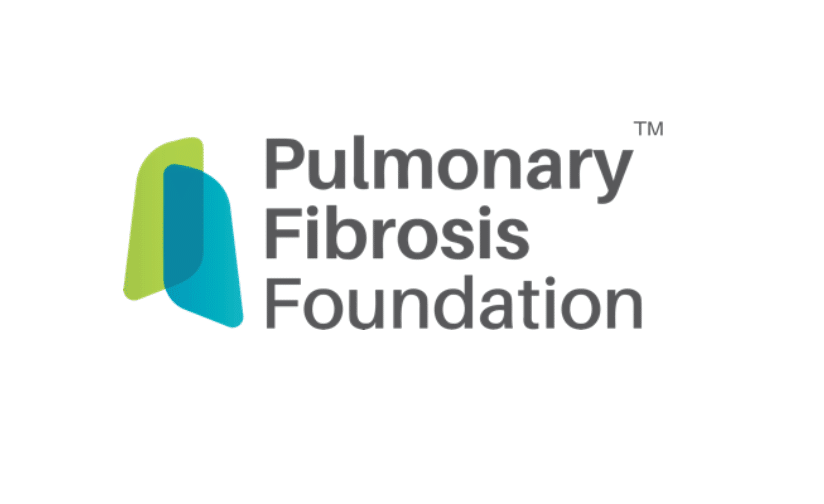

World Oxygen Day: Coming October 2 to Lungs Near You!
By: Michael W. Hess, MPH, RRT, RPFT, Senior Director of Public Outreach and Education, COPD Foundation
Supplemental oxygen therapy has been an essential therapy for chronic breathing problems for decades. From chronic obstructive pulmonary disease (COPD) to pulmonary fibrosis to pneumonia, giving someone extra oxygen can be — literally — lifesaving. Oxygen therapy can also help people with cardiac and circulatory problems get back to living their best lives.
Unfortunately, there can be major barriers to delivering oxygen therapy in a way that supports someone’s lifestyle and health goals. Despite the incredible technological advancements the world has seen over the past few decades, oxygen therapy outside the hospital still relies on the same physical processes as it did in the 1970s. The first, known as pressure swing adsorption, uses special minerals known as zeolites to essentially filter out nitrogen from the atmosphere, compress the remaining oxygen, and deliver it to the user. While the process is certainly effective for delivering clinical-grade oxygen, the equipment it requires is noisy, heavy, and cumbersome. Portable versions are available, but the physical limitations of zeolite also limit the amount of oxygen they can produce, making them less effective for people with higher oxygen demands. Alternatively, people can use tanks of compressed oxygen, which can also be rather ungainly, especially for people who want to spend more than an hour or two outside their homes.
The COVID-19 pandemic has shown us that oxygen therapy in acute care can also be fraught with challenges. Hospitals worldwide ran out of oxygen, causing hundreds of deaths. Ongoing supply chain issues continue to disrupt inpatient care and care transition planning. Some hospitals in low- and middle-income countries do not even have pulse oximeters to guide clinical decision-making.
Even when the right equipment is available, barriers persist. Reimbursement issues here in the United States have caused many oxygen suppliers to reduce or eliminate clinical staff, preventing people new to oxygen therapy from getting the training they need to get the maximum benefit from their equipment. Stigmas surrounding oxygen therapy (and respiratory disorders in general) lead people to avoid using their oxygen equipment in public, putting them at risk for organ damage and worsening symptoms.
We can do better. That’s why the COPD Foundation is so excited to launch World Oxygen Day, a new annual observance designed to help everyone, from patients and caregivers to policymakers to the general public, understand more about oxygen therapy. Knowledge is power, and we want to use World Oxygen Day to empower everyone in the oxygen therapy community to be able to live their best lives. That means advocating for access to equipment that provides freedom of movement and allows travel and employment. World Oxygen Day is also a chance for folks on oxygen therapy to tell their stories and help break the stereotype that only the old, frail, and inactive wear a cannula. Finally, we hope to use the World Oxygen Day campaign to call upon national governments and industry partners to promote innovation and strengthen the oxygen therapy infrastructure, so that we can move past the shadow of COVID-19 and provide new resources to those in need.
Dr. Thomas Petty, sometimes called the father of modern pulmonology, participated in much of the research that has become the basis of modern oxygen therapy. Later in life, after multiple health issues, Dr. Petty was himself prescribed supplemental oxygen. His experiences on both sides of the stethoscope led him to author a book called “Adventures of an Oxy-Phile.” In the book (and its sequel), Dr. Petty taught that, “In the final analysis, we are all ‘Oxy-Philes.’ That is, we literally love oxygen.” We are carrying Dr. Petty’s legacy into the future with this year’s World Oxygen Day theme, “We Are All Oxyphiles.” We invite everyone to join us on #TeamOxyphile, because everybody needs oxygen…some bodies just need a little extra.
Learn more about World Oxygen Day and its related advocacy campaign by visiting www.worldoxygenday.org.


